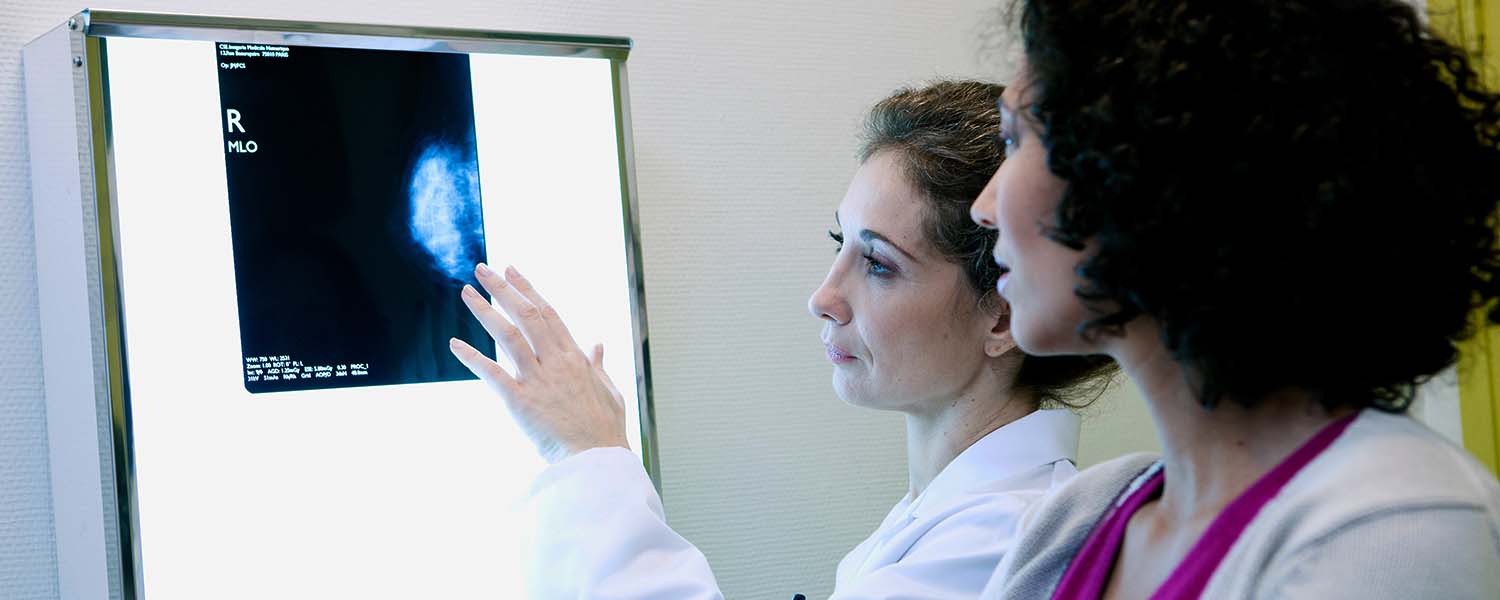When people think of the harms caused by alcohol, they often talk about injury, violence or diseases like cirrhosis of the liver.
Less frequent are discussions about alcohol and cancer.
FARE’s 2020 Annual Alcohol Poll found that only 51% of people are aware that alcohol causes cancer. This means that half of the population is in the dark about this.
Alcohol is a group 1 carcinogen. This places it in the same category as tobacco or asbestos as a cancer-causing agent. Alcohol is a cause of at least seven types of cancers, including breast cancer.
Alcohol is estimated to cause more than 5 per cent of breast cancer cases and breast cancer is the leading cause of alcohol-attributable death for women in Australia.
When compared to smoking, the increase in risk of cancer from drinking one bottle of wine per week has been estimated as being the same as smoking 10 cigarettes, with breast cancer accounting for most of the increase.
So why don’t more people know about this?
There are no nation-wide public education campaigns on alcohol and cancer and no warnings on alcoholic products relating to cancer. In fact, alcohol companies and retailers often associate themselves with breast cancer awareness month, turning products and marketing pink.
In an approach sometimes referred to as ‘pink washing’, there are alcohol companies that associate themselves with breast cancer awareness month in October as a corporate social responsibility activity. But what they don’t communicate as part of this is the role alcohol plays in increasing the risk of cancer, including breast cancer.
The main messages that are communicated to the public about alcohol are carefully orchestrated, multi-million-dollar marketing campaigns pushed out by alcohol companies that depict alcohol as glamorous, fun, a normal part of life and even a way to alleviate stress or anxiety.
This is highly problematic given alcohol causes more than 200 diseases and injuries and causes 3 million deaths worldwide each year.
Without public awareness campaigns communicating the risks – and without proper regulation of alcohol marketing – these misconceptions will continue.
What can people do to reduce their risk?
In 2020, the National Health and Medical Research Council (NHMRC) released updated Australian Alcohol Guidelines based on the best available evidence. These recommend that for people who drink alcohol, healthy adults should have no more than 10 standard alcoholic drinks in a week to reduce the risk of cancer and other diseases, and no more than 4 standard drinks on any one day to reduce the risk of injury or accident.
The Guidelines also state that ‘the less you drink, the lower your risk of harm from alcohol’. The risk of cancer increases with the amount of alcohol that is consumed.
For a large number of people it can be difficult to cut back on alcohol. There are a number of support services available to help with this.
You can find out more about the link between alcohol and breast cancer, and ways to reduce the risks, here.







